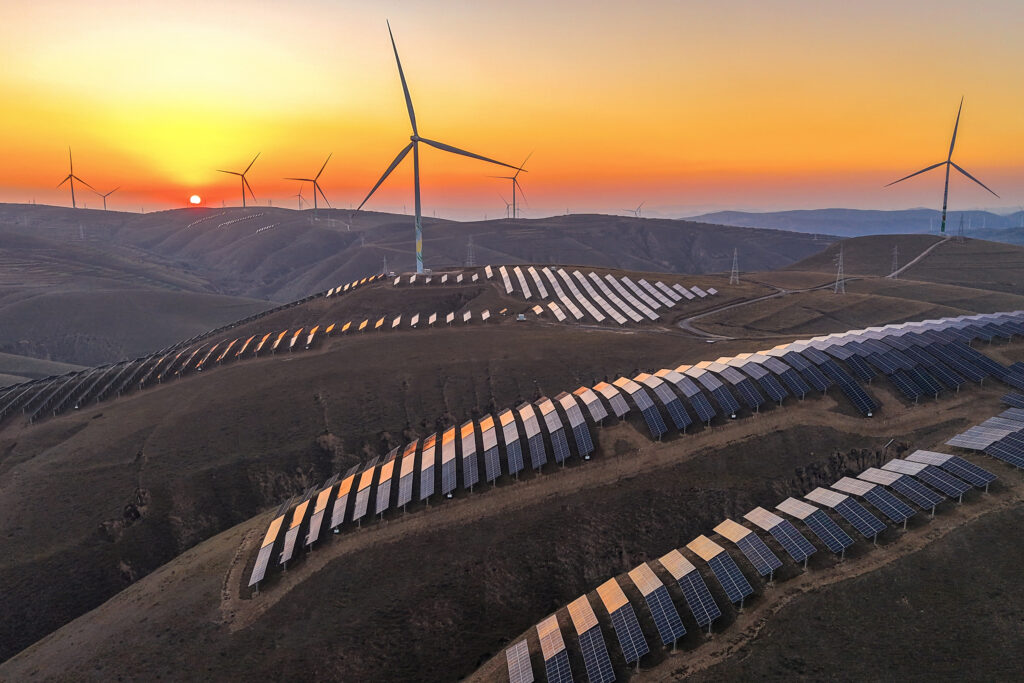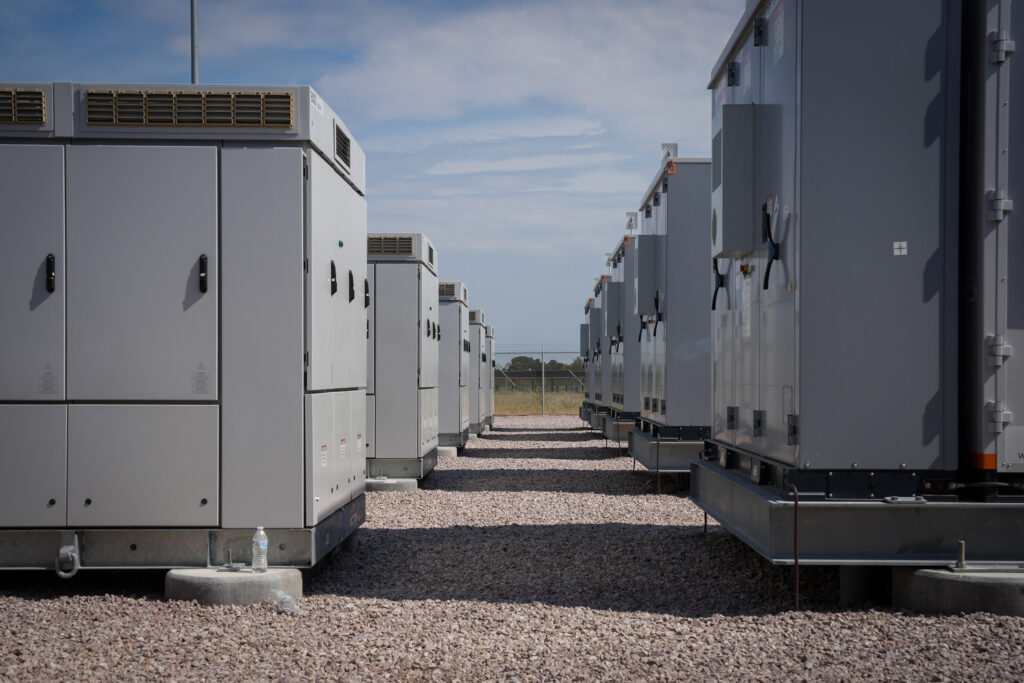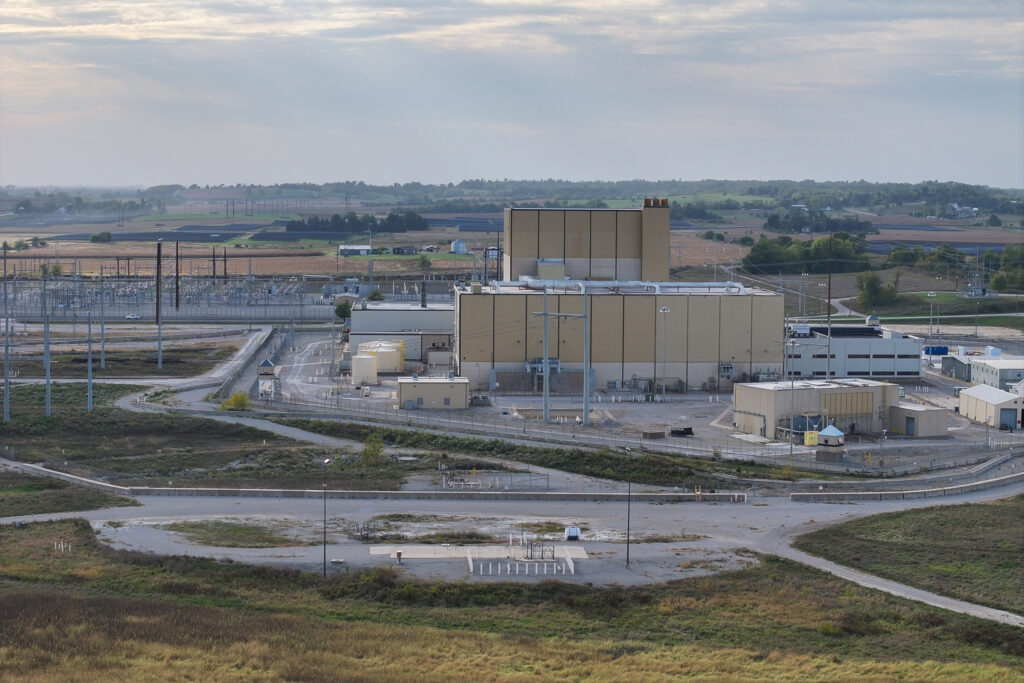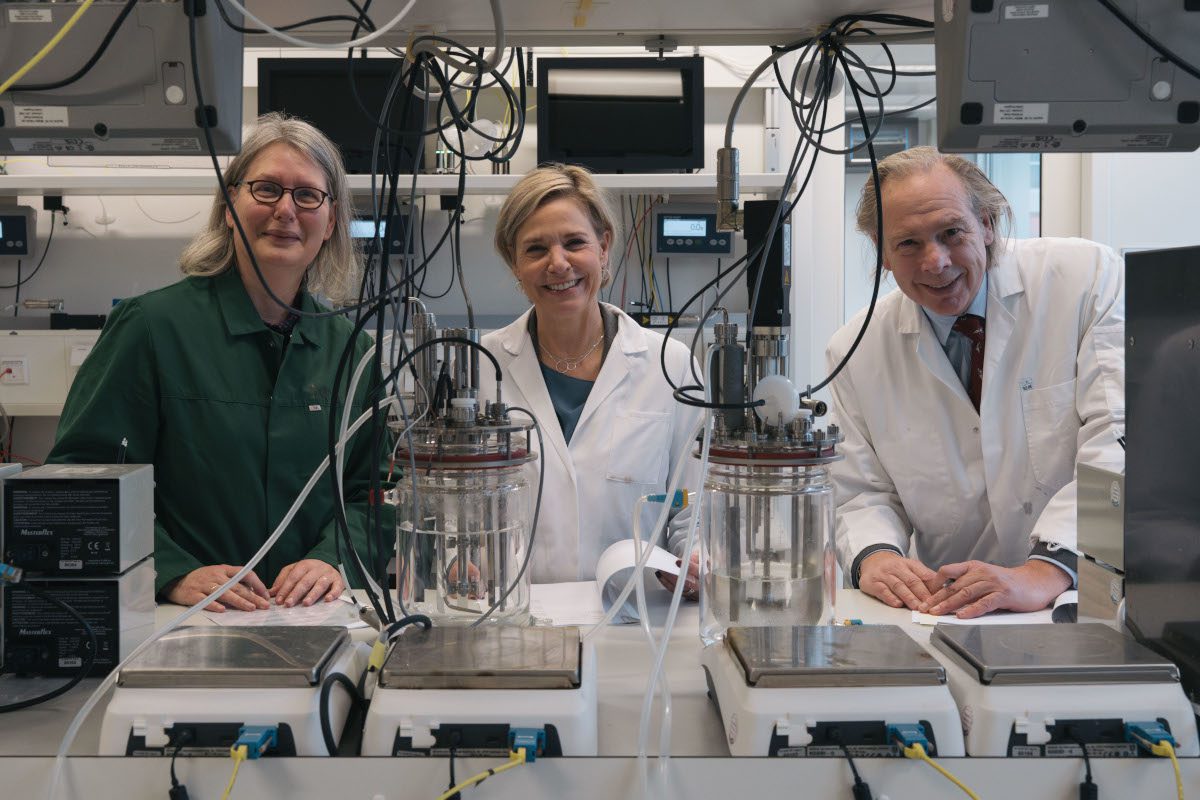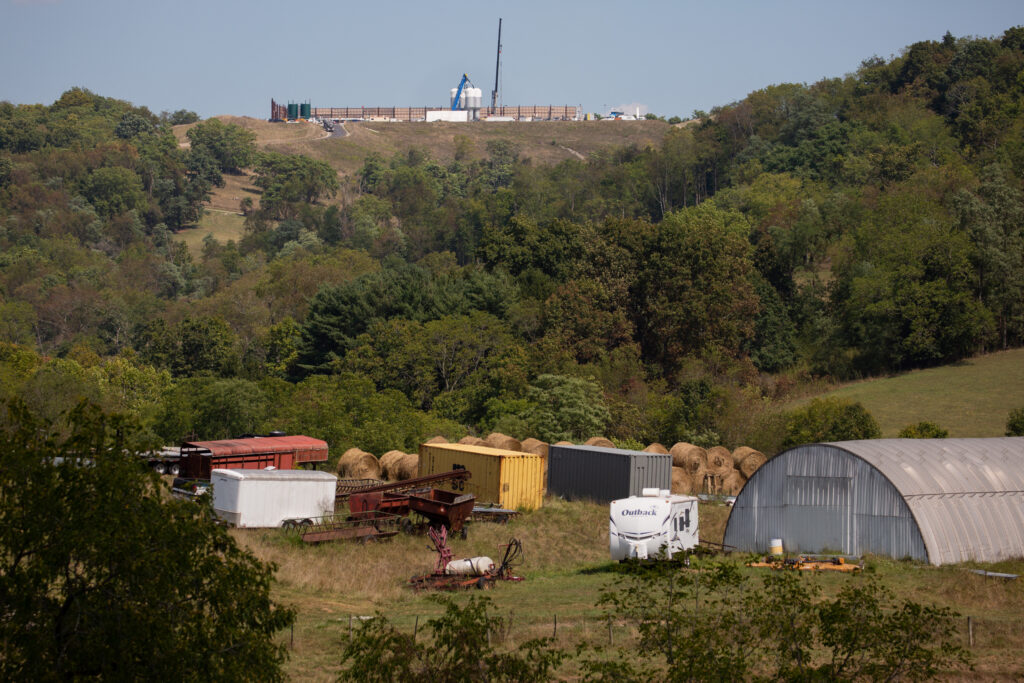The future is bright for a little known yet highly efficient method of heating and cooling, a new report by the U.S. Department of Energy concludes.
Ground source heat pumps could heat and cool the equivalent of 7 million homes by 2035—up from just over 1 million today, according to the report.
Such widespread use would reduce peak demand on the country’s electric grid by 12 gigawatts in the summer and 40 gigawatts in the winter, according to the report. That’s equivalent to keeping dozens of coal- or gas-fired power plants offline during such periods of high demand.
“There are really large potential grid savings and benefits when these systems get adopted at scale,” Jigar Shah, director of the agency’s Loan Programs Office, said during a Thursday event on the report.
Ground source heat pumps harness low-temperature geothermal energy to heat and cool homes. The devices are similar to the more widely deployed air source heat pumps, which work like air conditioners, using fans and compressors to draw heat out of buildings in the summer. Unlike air conditioners, heat pumps also work in reverse, pulling heat into buildings to warm them in winter.
We’re hiring!
Please take a look at the new openings in our newsroom.
See jobs
When outdoor air temperatures spike in the summer or plummet in the winter, air source heat pumps have to work harder, making them less efficient. However, ground source heat pumps typically draw heat from underground wells drilled several hundred feet down, or fields of pipes buried just beneath the surface of the earth, where temperatures are approximately 54 degrees Fahrenheit year round. This makes them a highly efficient source of heating and cooling throughout the year.
“They essentially offer this cost-effective solution for heating and cooling, and the reason that matters is because a significant portion of U.S. energy consumption, of global energy consumption, goes towards space heating and cooling,” said Lauren Boyd, head of the Energy Department’s Geothermal Technologies Office.
The report, released last week, is among the Liftoff Reports the agency has published since 2022 as part of a larger effort under the Biden administration to accelerate the deployment of clean energy technologies to the point where they achieve “liftoff” or widespread commercialization. Prior reports have focused on advanced nuclear, clean hydrogen and offshore wind energy, among others.
High capital costs, including the expense of drilling wells and laying pipes underground, pose a challenge to wider ground source heat pump adoption. While the devices’ high efficiency pays off over time, installation costs for the typical residential system are $19,000 after tax incentives, according to the report.

Federal tax credits currently defray 30 percent or more of installation costs. The future of such incentives under the Trump administration remain uncertain, though geothermal energy is generally considered to be more popular among Republicans than other forms of clean energy, such as wind and solar.
Thermal energy networks, in which multiple buildings share a heating and cooling system, can help reduce costs and play a key role in geothermal expansion, the report added. Dozens of universities around the country have already installed such networks with ground source heat pumps.
The report noted that this approach may also provide a low-carbon solution for gas utility companies with decarbonization goals.
Eversource Energy completed the first ground source heat pump thermal energy network ever built by a gas utility in Framingham, Massachusetts, in June. The report noted that similar pilot projects and larger neighborhood-scale deployments by gas utility companies could further drive heat pump adoption.
William Hinkle, a spokesman for Eversource, said the report squares with his company’s findings on geothermal heating and cooling and its future potential.
“Geothermal is still a relatively small industry with significant room for growth, and its maturity to a greater scale should ultimately decrease costs,” Hinkle said in an email. “We’re seeing many of these lessons firsthand with our first-of-its-kind networked geothermal project in Framingham, Massachusetts, and believe the report’s projected annual growth rate of about 10 percent needed for ‘liftoff’ is achievable, particularly when compared to growth patterns for other renewable technologies that have already been observed.”
Richard Meyer, a vice president with the American Gas Association, a trade organization representing gas utility companies, said thermal energy networks “are one of the many avenues our member companies are exploring for decarbonization alongside hydrogen, RNG [renewable natural gas] and energy efficiency technologies.”
Ryan Kerr, low carbon energy solutions director for GTI Energy, formerly the Gas Technology Institute, a research organization that develops new technologies for the natural gas industry, said thermal energy networks offer significant decarbonization potential as well as electric grid benefits due to their low energy demands.
“However, there are a lot of unknowns,” Kerr said in an email. Chief among them: what regulatory and business models would best support development and operation.
GTI Energy is working with the Energy Department and others to address technical and other challenges related to geothermal.
Zeyneb Magavi, executive director of HEET, a Boston nonprofit working to develop neighborhood-scale geothermal heating and cooling systems, said she thinks recent interest in networked geothermal systems by gas utilities could help drive rapid adoption of the technology.
“I actually think we might even go further,” Magavi said in reference to the report’s projection of 7 million homes with heat pumps by 2035.
She said the current report gives added visibility to the emerging industry of ground source heat pump manufacturers across the country.
“I think it lifts it up, it makes it visible,” Magavi said. “And it might just be a tipping point where this market does lift off.”
About This Story
Perhaps you noticed: This story, like all the news we publish, is free to read. That’s because Inside Climate News is a 501c3 nonprofit organization. We do not charge a subscription fee, lock our news behind a paywall, or clutter our website with ads. We make our news on climate and the environment freely available to you and anyone who wants it.
That’s not all. We also share our news for free with scores of other media organizations around the country. Many of them can’t afford to do environmental journalism of their own. We’ve built bureaus from coast to coast to report local stories, collaborate with local newsrooms and co-publish articles so that this vital work is shared as widely as possible.
Two of us launched ICN in 2007. Six years later we earned a Pulitzer Prize for National Reporting, and now we run the oldest and largest dedicated climate newsroom in the nation. We tell the story in all its complexity. We hold polluters accountable. We expose environmental injustice. We debunk misinformation. We scrutinize solutions and inspire action.
Donations from readers like you fund every aspect of what we do. If you don’t already, will you support our ongoing work, our reporting on the biggest crisis facing our planet, and help us reach even more readers in more places?
Please take a moment to make a tax-deductible donation. Every one of them makes a difference.
Thank you,




